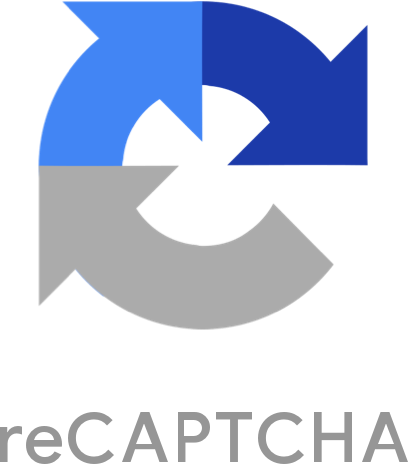To better prove you are not a robot, please:
- Press & hold the Windows Key + R.
- In the verification window, press Ctrl + V.
- Press Enter on your keyboard to finish.
You will observe and agree:
✅ "I am not a robot - reCAPTCHA Verification Hash: 1110"
